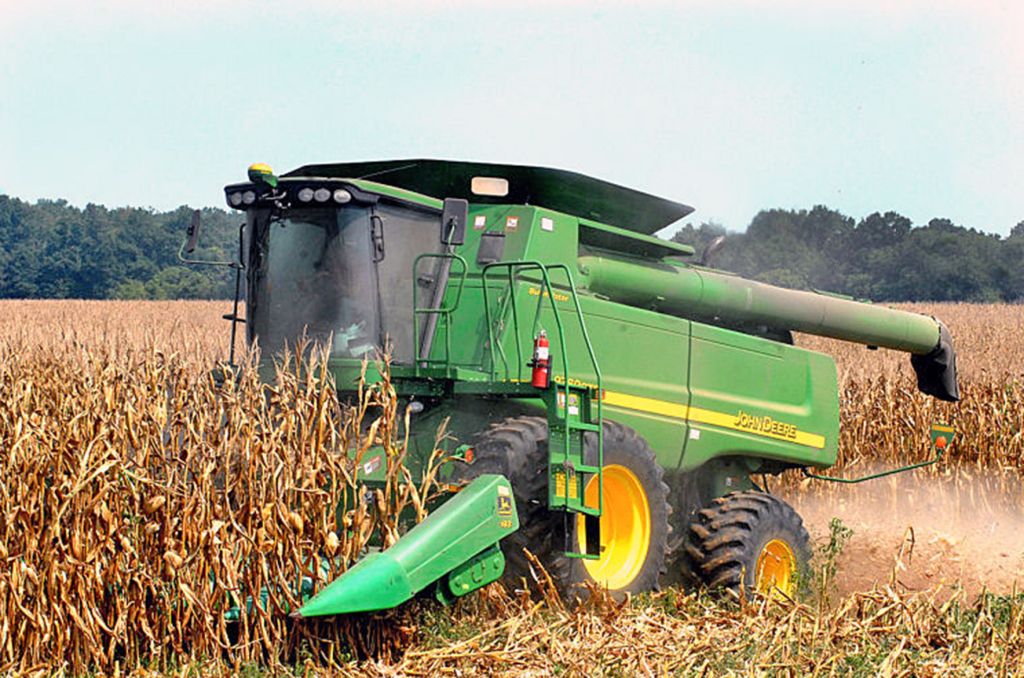Agricultural relief payments may keep farmers afloat
Published 9:02 am Wednesday, March 26, 2025

- File photo. A harvester gathers corn.
U.S. Secretary of Agriculture Brooke Rollins announced that as much as $10 billion thorough a new program in agricultural relief payments will be awarded to farmers. Payments will be administered directly to producers by the U.S. Department of Agriculture’s Farm Service Agency, according to the Alabama Cooperative Extension System.
Adam Rabinowitz, an Alabama Cooperative Extension System economist, said the Emergency Commodity Assistance Program will help agricultural producers mitigate recent economic impacts.
“Row crop producers have borne the brunt of economic struggles for the past few years with high input costs and lower commodity prices,” Rabinowitz said. “These payments won’t fix the price or cost situation, and they likely will not bail farming operations out of the difficult economic position they’ve been put in. But they will be a positive step toward keeping Alabama’s farmers afloat for another year.”
Payment Information
Trending
Economic relief payments are based on planted and prevented-planted crop acres for eligible commodities for the 2024 crop year. The FSA will begin sending prefilled applications to producers who submitted acreage reports for eligible commodities in 2024. Sign-up began March 19 and will continue through Aug. 15.
“With clear direction from Congress, USDA has prioritized streamlining the process and accelerating these payments ahead of schedule, ensuring farmers have the resources necessary to manage rising expenses and secure financing for next season,” Rollins said.
Producers can visit fsa.usda.gov/ecap to apply using a login.gov account or contact their local FSA office to request an application. Those who previously reported acreage of eligible commodities will receive prefilled applications in the mail. The FSA will accept applications in person, via fax and online. Contact a nearby FSA office for specific information about applications and the application process.
Impacts in Alabama
Many farmers have already made their plans for the upcoming growing season. This includes a significant drop in planned acres for cotton. Extension professionals estimate that cotton acres will be near normal ranges in north Alabama, while producers in the southern and central parts of the state will shift to peanuts. They also expect an increase in corn acreage because of the low cotton market prices.
Rabinowitz and Bridget Bafowaa, an Auburn University agricultural economics doctoral student, estimate that payments to Alabama producers from the ECAP could be more than $70 million if the total payment is disbursed.
The USDA indicated they will process payments as soon as they receive and approve signed applications. So, Extension professionals encourage producers to apply as soon as possible.
More Information
Trending
Learn more about available payments to Alabama producers by contacting a local FSA office. Farmers can also visit www.aces.edu to learn more about the ECAP and application process in the Extension Brief, “Emergency Assistance for Alabama Row Crop Producers.”





